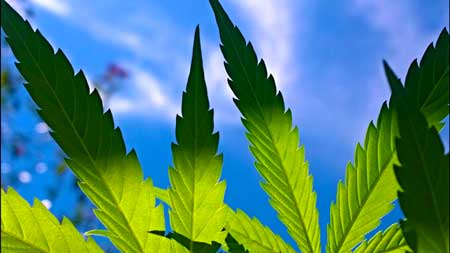
Announcement
Collapse
No announcement yet.
Very important to everyone EC/PPM
Collapse
X
-
im glad it helps, yes HM digital has lots of models using different scales, i do also have a tds/ppm model using NaCl 500 scale, its pretty standard in america but in europe its not so it creates confusion, thats why its more accured to speak in EC terms
-
9fingerleafs, Great post and great info thanks for sharing. I really have no clue about my HM Digital TDS meter as it only spits out PPM/TDS, however based on the info I have read in here along with the video, I think it is safe for me to assume that my meter runs the .5 conversion as it certainly uses NaCl as the calibration solution and that seems to be the commonality of all the other meters that calibrate using NaCl..
-
I recommended this info should be on the tutorial section but didn't happen
-
I'm sure all that stuffs got a place but not with me,I grow in supersoil with just PH water, I'm not smart enough to figure all that stuff out
Leave a comment:
-
I'm bumping this thread because I couldn't find it when I went looking.
Leave a comment:
-
Yes that's correct. So when you give plain water (in a soiless medium cause soil has its own nutrients) the plant has no other choice but to eat what inside the leaves and buds. Minerals vitamins chlorophyll and many other compounds get processed instead of being stored. We do it at the end of the cicle so we smoke the less posible
To flush In soil nutrients and minerals in the medium get dissolved and leached out leaving the plant in the same scsenario.
But when you have a young seedling in a hot soil (like fox farm) you give very little EC water (0.2 for example just to keep ph stable) and the nutrients in the soil will be available to the plant. Checking the runoff will tell you when its time to start adding some more
-
So basically just keep a log of the EC going in and out of my plants every time I feed them?
What about when I give them plain water?
I'll start making notes, the same way I note down the temps and humidity on a daily basis.
Thanks for the guidance man. We'll figure out what the data is saying after i've collected it. =D
Leave a comment:
-
arite "doc" let me put it in words you understand, you cannot compare two or more different molecules when they have different weights and densities, so grams are out the question, the only thing you can count is how many molecules there are, so a solution with 10g N , 10g P and 10g K is not a 1-1-1 ratio, but a solution with 200ppm of each, no matter how much they weight, is always going to be 1-1-1. im not saying you are not what you say you are, im just saying anyone who took chemistry 101 knows its not the same one gram of gold than a gram of cotton.
-
I don't want to argue with you but I am correct. I don't need to check online to work out chemistry as I have a degree in biochemistry and currently work as a consultant in plant nutrition, both hydroponics and in ground. Check my earlier post and work out the maths and you will see I am right. If it is easier for you to understand then I will quote in .molecular weights
N 14.
H 1
O 16
Therefore NH4NO3 has a MW of 80 convert that to a percentage and you come up with the same answer I posted earlier.
-
you should check your EC going in and out to keep track of the plant´s and medium´s EC, thus understanding how much nutrients are still on the medium, how much to add or to leach, finding the right feeding needs for each plant and avois "nutrient" burn
- Likes 1
Leave a comment:
-
you are wrong growmore, its calculated by EC not by weight, a nitrogen atom is 14g/mol and potassium is 40g/mol every single compound has different weight and density and cannot be just added together, please check the charts i added and read up online how to calculate percentages in chemistry
-
NPK values you see on nutrient bottles have nothing to do with ec or ppm. They are strictly a percentage of that nutrient in the bottle.
A fertilizer with a NPK of 1.2.3 would contain 10 grams nitrogen 20 grams phosphorus and 30 grams potassium available in the from quoted in the ingredients which is where it can become confusing
Take for example Nitrogen, which can be added as ammonium nitrate NH4NO3. The maker could add 100grams of NH4NO3 per litre and give it a NPK of 10.0.0 but you don't get 100 grams of Nitrogen, you actually get 22.5 grams NH4 and 77.5 grams of NO3, but only 35 grams N
-
I just purchased a cheap EC/ppm meter (switches between both). How should I start using it in regards to my grow?
What should I be trying to accomplish?
I'm reaching the end of week 4 flower btw.
Cheers.
- Likes 1
Leave a comment:

Leave a comment: